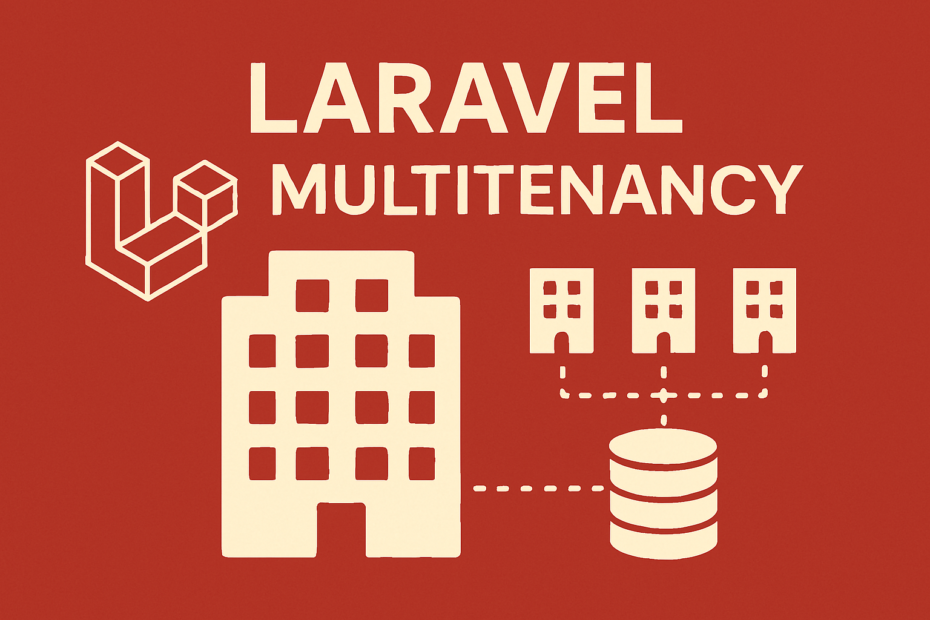Multitenancy isn’t just a buzzword—it’s the backbone of scalable SaaS. Whether you’re building a developer tool, a productivity suite, or a niche platform, Laravel gives you the flexibility to implement multitenancy with elegance. But choosing the right strategy? That’s where things get interesting.
🔍 What Is Multitenancy?
Multitenancy allows a single application to serve multiple customers (tenants), each with isolated data and configurations. Think of it like Airbnb: one codebase, thousands of hosts, each with their own listings, bookings, and preferences.
There are three common approaches:
| Strategy | Description | Use Case Example |
|---|---|---|
| Single DB, Shared Schema | All tenants share one database and tables, distinguished by a tenant_id column. | Lightweight apps with low data isolation needs |
| Single DB, Separate Schema | One database, but each tenant has its own set of tables. | Medium-scale apps needing partial isolation |
| Multiple DBs | Each tenant gets a completely separate database. | High-security apps or enterprise SaaS |
🛠️ Laravel + Multitenancy: Your Toolkit
Laravel doesn’t enforce a specific multitenancy pattern, which is a blessing and a curse. You get flexibility—but you also need to architect wisely.
Here are some tools and packages that make life easier:
- Spatie Laravel Multitenancy: Battle-tested, supports multiple DBs, tenant-aware routing, and more.
- Tenancy for Laravel: A robust package for advanced use cases, including subdomain routing and job queue isolation.
- Custom Middleware + Service Providers: For lightweight or hybrid setups, rolling your own logic can be cleaner and more performant.
🧠 Key Architectural Decisions
Before diving into code, ask yourself:
- How isolated should tenant data be? (Security, compliance, performance)
- Will tenants have custom features or configs?
- How will you handle migrations, backups, and scaling?
These decisions shape your tenancy model and influence everything from routing to billing.
✨ Real-World Example: Audit Dashboard SaaS
Let’s say you’re building a Laravel Audit Dashboard (wink wink 😄). Each dev team (tenant) needs:
- Their own codebase analysis reports
- Custom thresholds for technical debt
- Isolated access control
A multiple-database approach might be ideal here, ensuring clean separation and easier scaling. You could use Spatie’s package to spin up tenant databases on signup, and queue jobs per tenant for code analysis.
📈 Scaling Tips
- Use Redis tags or cache prefixes to avoid cross-tenant data leaks.
- Implement tenant-aware queues to prevent job collisions.
- Monitor query performance—shared DB setups can get messy fast.
🗣️ Final Thoughts
Multitenancy isn’t just a technical choice—it’s a product decision. Laravel gives you the tools, but it’s your architecture that defines the experience. Whether you’re bootstrapping a SaaS or scaling to thousands of tenants, thoughtful design pays off.
Fuel my creative spark with a virtual coffee! Your support keeps the ideas percolating—grab me a cup at Buy Me a Coffee and let’s keep the magic brewing!
